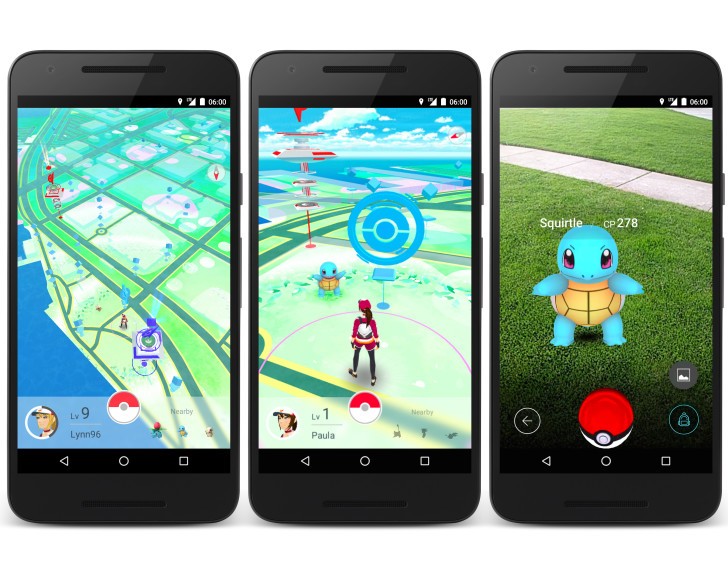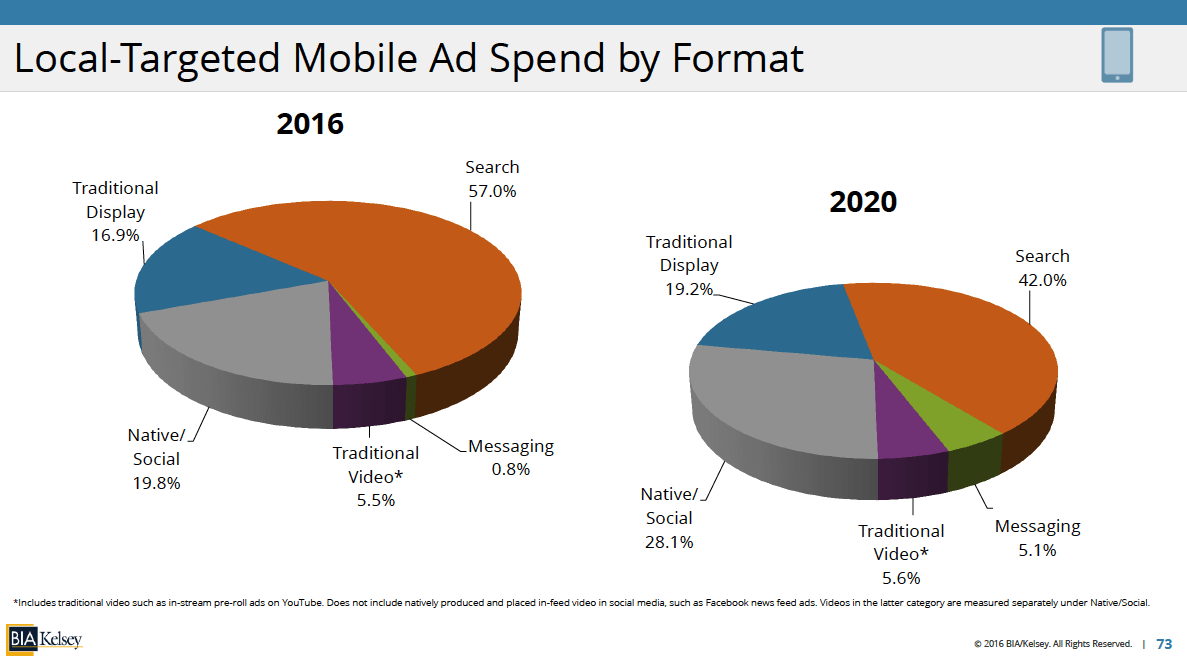Unless you’re hiding under a Pokéball, you’ve heard how Pokémon Go is taking over the world. The Niantic Labs creation is already the most downloaded iOS game in history and surpassed Twitter for active usage.
But the most interesting part for us is the local implications. The game of course is inherently local in that its architecture is built on the physical world, and played through an augmented reality interface.
That will have lots of natural extensions to local advertising. Some businesses have already hacked clever marketing schemes such as paying for in-game lures that attract Pokemon, and thus hordes of players.
But this all took a step forward yesterday when Niantic Labs CEO John Hanke (formerly Keyhole, Google Maps) announced that it will incorporate in-game sponsored ads that employ a cost-per-visit model.
This is similar to what Niantic Labs’ Ingress did — Pokemon Go’s forbearer and architectural twin. It had location-based native brand placement throughout the game from Duane Reade, Jamba Juice and Zipcar.
All of this aligns with the growth of content marketing, and our recent local media forecast. In the mobile portion, we projected that native/social advertising will be the fastest growing mobile ad format.
Native social is defined by content marketing that merges with the scrolling interfaces or game play of social-oriented content. The biggest example is Facebook News Feed Ads but it’s branching in lots of ways.
Hanke’s strategy for local ads that infuse with game play aligns with this concept. It will be a growing area, feeding on the backlash to obtrusive banner ads in our mobile experiences (the impetus for ad blockers).
This will have lots of lessons for anyone playing (excuse the pun) in location-based mobile advertising. Campaign success will increasingly come from native placements (i.e. Snapchat), rather than banner ads.
We’ll be watching closely to see how Pokémon Go accelerates this trend. I might even have to start playing it.


